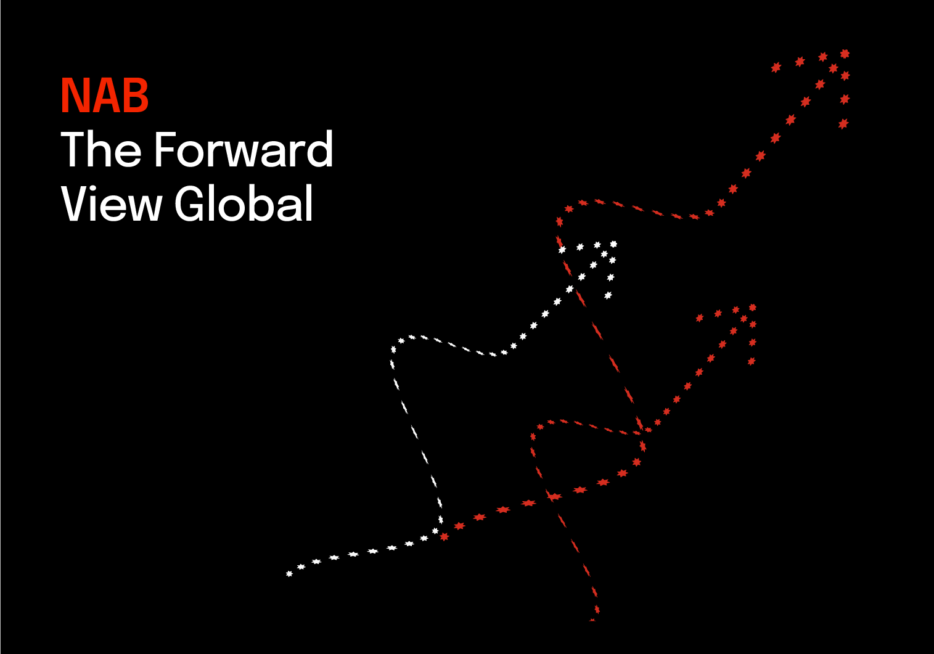Global growth headed for a H2 trough as tariffs start to bite


Insight
Our NAB Online retail sales index data indicates that sales growth was negative in July 2019, following on from an almost flat result in June.
NAB Chief Economist, Alan Oster commented:
Our NAB Online retail sales index data indicates that sales growth was negative in July 2019, following on from an almost flat result in June. Online retail sales tend to be more volatile than broader retail, experiencing far greater monthly fluctuations. Looking through the month-to-month volatility, sales growth through the year turned negative for the first time in the series history. It is worth noting, however, that year-on-year growth comparisons are made to a period of elevated sales in 2018. At that time, major new online merchants established an Australian presence, and pre-GST exemptions were in effect.
The weak result for the largest sales category, homewares and appliances contributed significantly to the headline result. With a couple of exceptions, sales for this category has been on the weaker side since October 2018. So much so, that its share of the online index has dropped from around 28% at that time to about 26.6% now. Other large categories like fashion, and personal and recreational were also slower, along with media. The much smaller spend share takeaway food led both month-on-month and year-on-year growth in July. This sector has undergone structural changes by way of high profile exits and consolidation, so the latest result needs to be read with this in mind. Of the larger categories, grocery and liquor, which represents around 14% of the index, weathered the overall trend and grew in both month-on-month and year-on-year terms.
Albeit a small sales state, Tasmania had recorded a considerably strong result in March, but since that time has been persistently negative, and is now down markedly in year-on-year terms. While sales growth across all states were weaker in the month, VIC, SA and NT remained positive in year-on-year terms, though this was not sufficient to reduce the effect of the sales growth decline from the other states.
This month, the sales growth rate for metropolitan and regional areas contracted with the headline index, albeit with regional areas faring worse (-3.9%). The overall result for Tasmania appears to be driven by a significant drop in regional sales, as metro sales for that state were one of the least negative.
By merchant location, domestic (-2.7%) fell in the month while international grew mildly (0.6%). The result was due to key sales categories (Homewares and appliances, personal and recreational, fashion, media) contracting for domestic, but growing for international. Having said that, in year-on-year terms, sales growth for international retailers remains negative.
It is worth noting here that our definition of a domestic online retailer can include those merchants whose parent organisation might be overseas with an Australian subsidiary. Solely using GST as a key defining characteristic of domestic and international is no longer appropriate given changes made in July 2018.
For further details, please see the NAB Online Retail Sales Index – July 19
© National Australia Bank Limited. ABN 12 004 044 937 AFSL and Australian Credit Licence 230686.